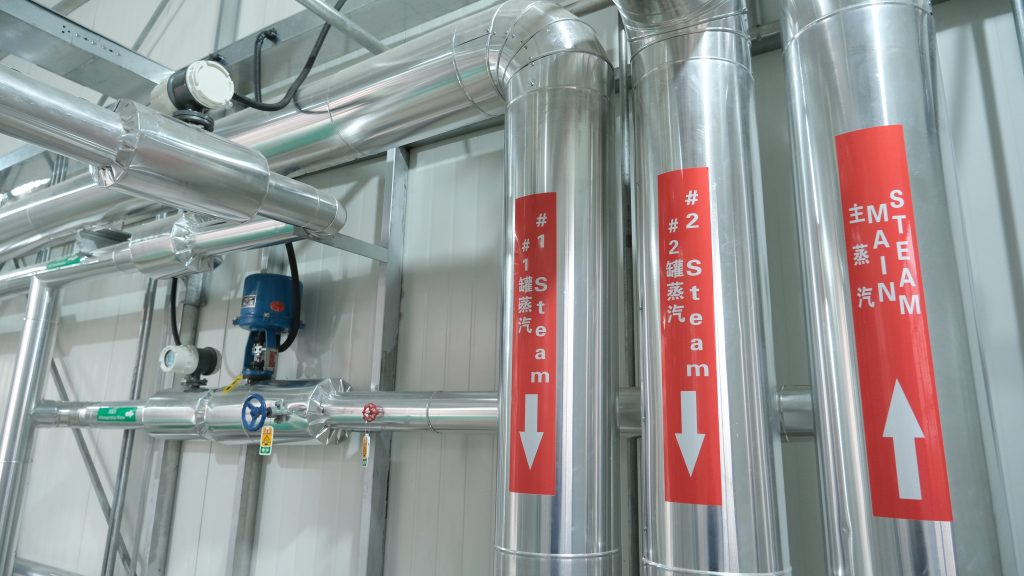Case study
Background
Rudong Knitit is one of our tier 1 suppliers and is located in Mainland China. The factory specialises in making baseball caps, woollen hats, scarfs and gloves and other knitted products for us and other brands.
Like many factories, Rudong Knitit used steam produced by burning coal to drive processes like ironing. Steam was the only energy option available when the facility was built, but now developments such as reliable grid electricity, affordable renewable energy generation and power purchase agreements are opening up opportunities to trial new solutions.
Project details
To help us meet our climate targets and reduce our emissions, electrifying fossil fuel driven processes is a priority. Rudong Knitit received support from our Green Fashion Initiative to pilot a thermal heat storage solution for the factory’s steam needs. It is the first known use of this technology in a garment factory in China.
The solution uses off-peak electricity to heat a molten salt chamber. This heat is then stored and provides up to 15 hours of steam for ironing clothing and other steam uses throughout the day, cheaply and efficiently.

Outcome
The thermal heat storage solution became operational in March 2024. Rudong Knitit has stopped using coal-based steam and now runs on 100% renewable energy thanks to the factory’s rooftop solar panels, plus renewable energy certificates for any remaining power needs.
Each year it is expected that the technology will save around 600 tonnes of greenhouse gas emissions each year.
About our Green Fashion Initiative
Lack of access to affordable capital is the main barrier factories face when they want to invest in decarbonisation projects. Our Green Fashion Initative (GFI) offers financial support to reduce the burden of investing in energy efficiency measures or new equipment.
Investments made through GFI will help us achieve our Science Based Targets to reduce greenhouse gas emissions by 56% by 2030 and by 90% by 2040, against a 2019 baseline.


